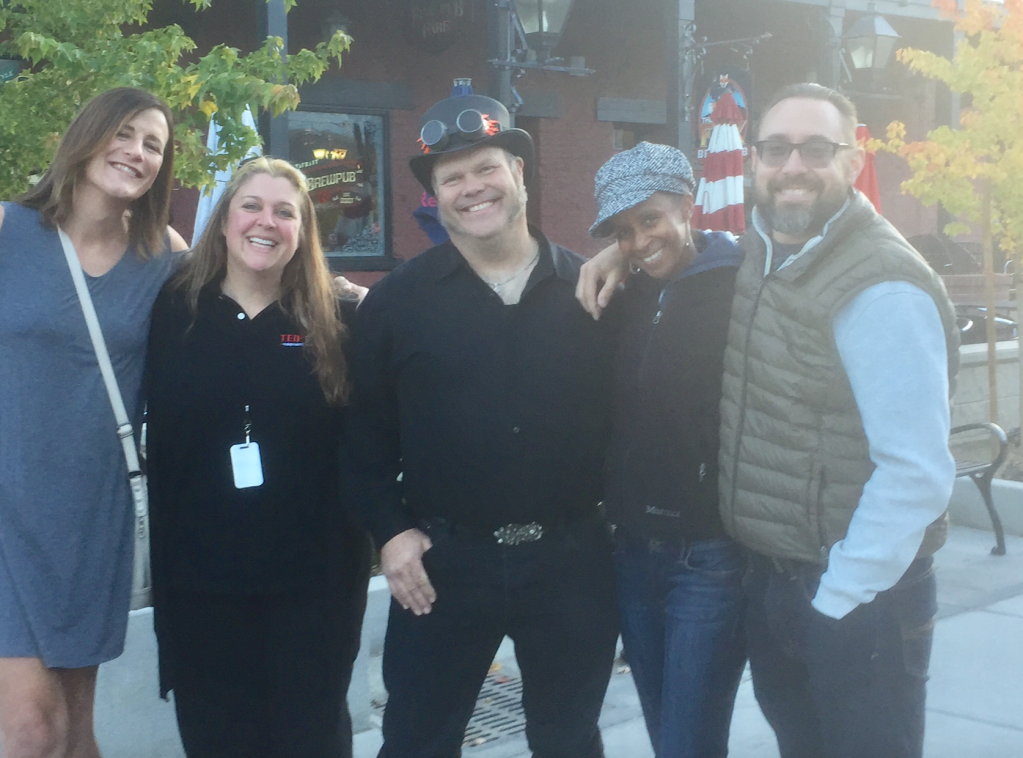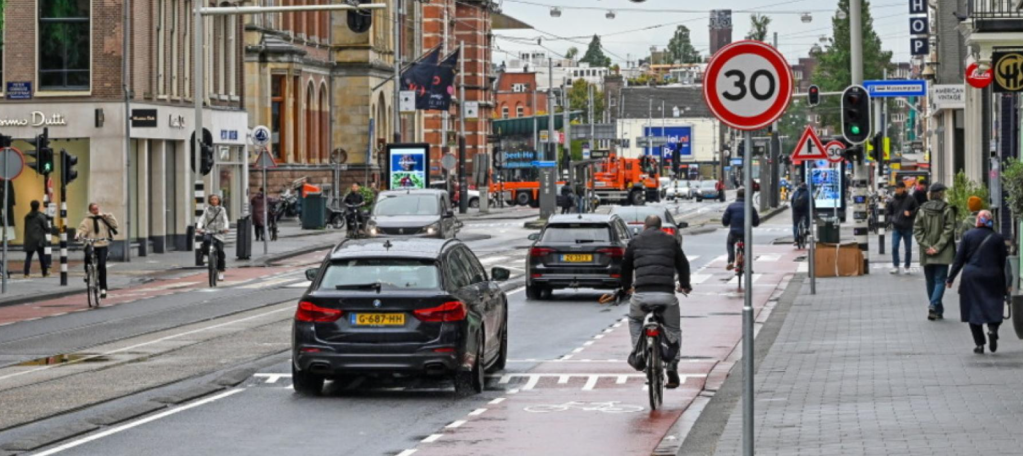
Toronto’s Metro News has written about Countdown Pedestrian Signals . In Ontario its against the Highway Traffic Act to start crossing the street if the hand on the signal is flashing. Of course people being human will dash across the street, or be too slow or infirm to make the crossing within the designated time. It is what happens.
In Toronto there has been a horrifying spate of pedestrian and cyclist deaths in the past few years. Every four days a pedestrian is hit by a car. Every ten days a pedestrian dies. Since 2011 163 pedestrians have died. There has been a real call for enhanced road design, increasing visibility of intersections, slowing cars down to 30 kph and driver behaviour campaigns. Not much has happened-yet. Toronto has suggested working towards a 20 per cent reduction in pedestrian deaths in ten years, which means that the other 80 per cent – 400 pedestrian deaths and 3,000 serious injuries-will be acceptable.
Toronto’s latest answer has been to do an “enforcement blitz” to remind pedestrians they can not cross the street when the hand on the signal is flashing. While Toronto is harassing pedestrians New York City scrapped the countdown law altogether last month – framing it as a matter of life and death.
“Nearly every day, someone is injured or killed crossing our streets and it is past time we update our laws to adequately protect pedestrians,” said New York’s Public Advocate, Letitia James, after city council unanimously approved the change. “This common sense legislation will ensure that countdown clocks accurately portray the time pedestrians have to cross our streets,” James added. Pedestrians in the Big Apple are now allowed to start crossing during the countdown, until the ‘don’t walk’ signal appears.
New York City sees as part of their Vision Zero for pedestrian deaths that they are going to allow pedestrians to cross the street, and that drivers making turns into crosswalks must yield the right of way to the pedestrian every time-even if the orange hand signal has already started flashing”. New York has figured out that not everyone walks at the fast pace indicated by the countdown signals, and is giving disabled, elderly, and others the legal right to safely cross the street until the countdown ends.







Leave a comment